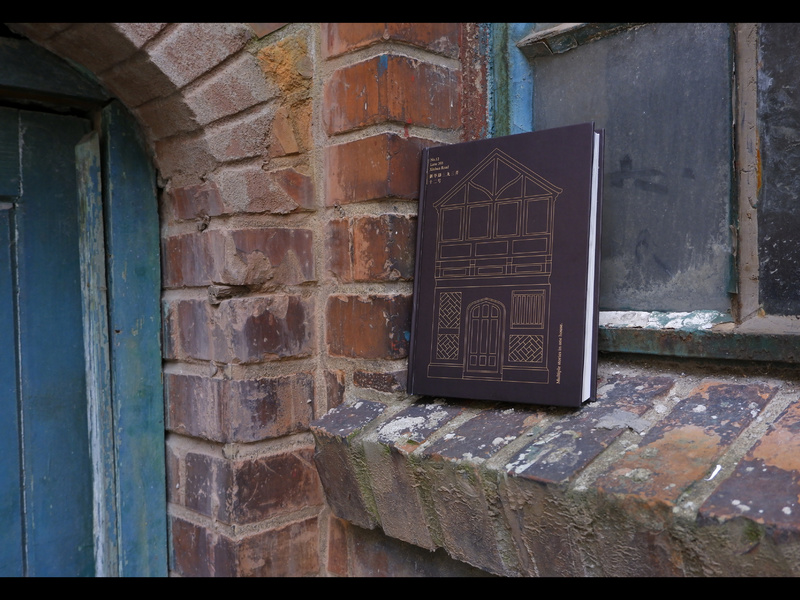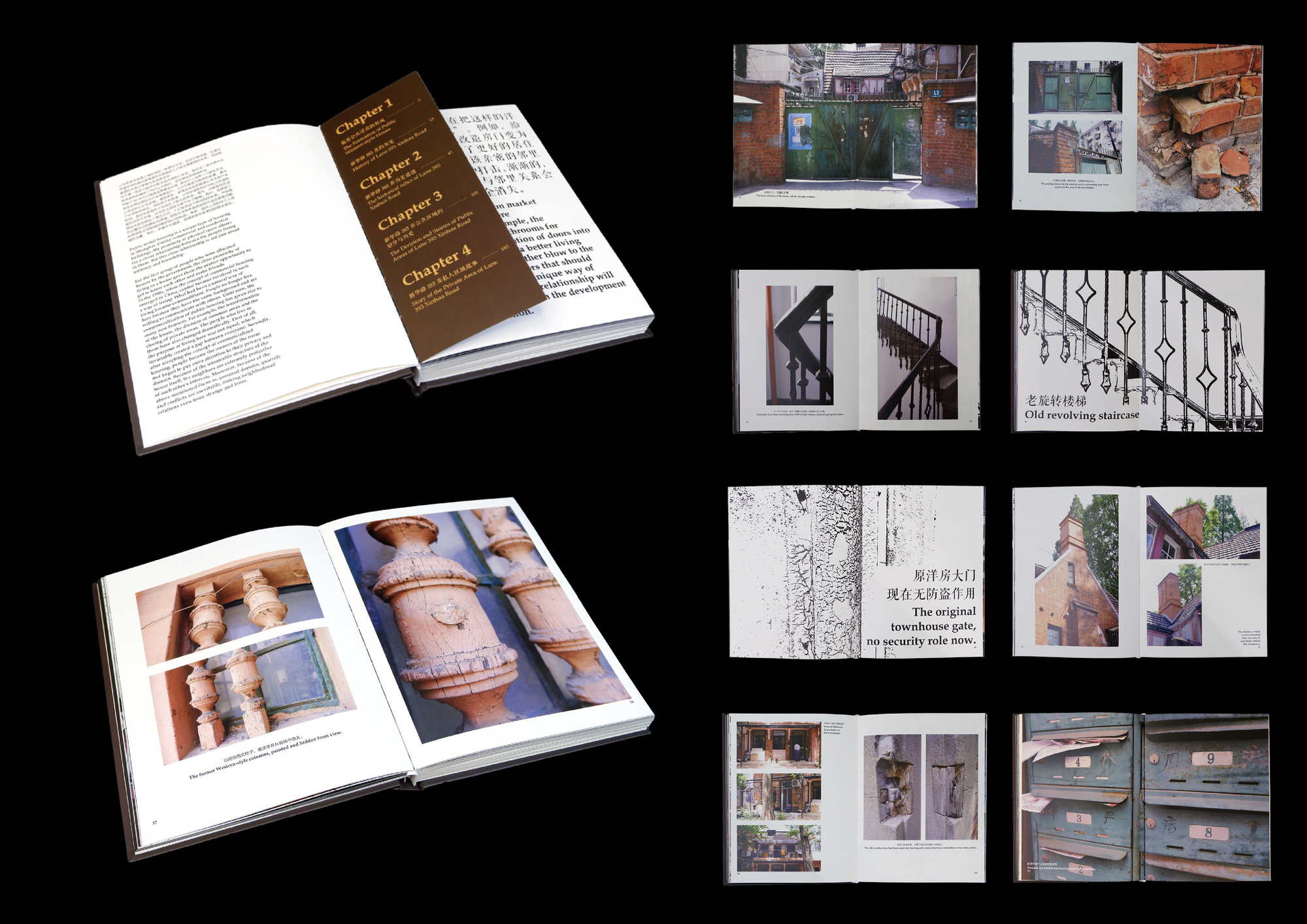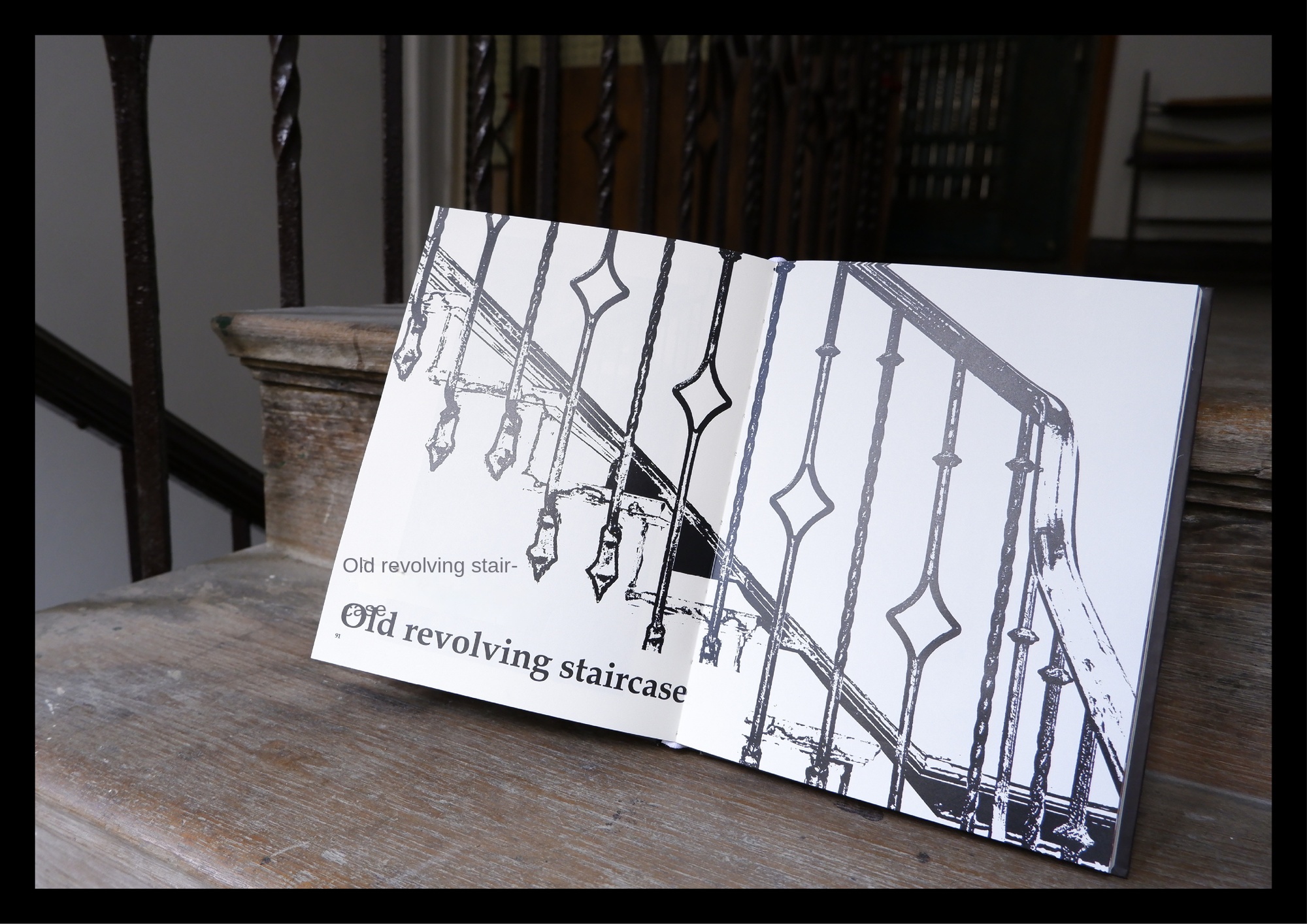
Book inner page

Book inner page
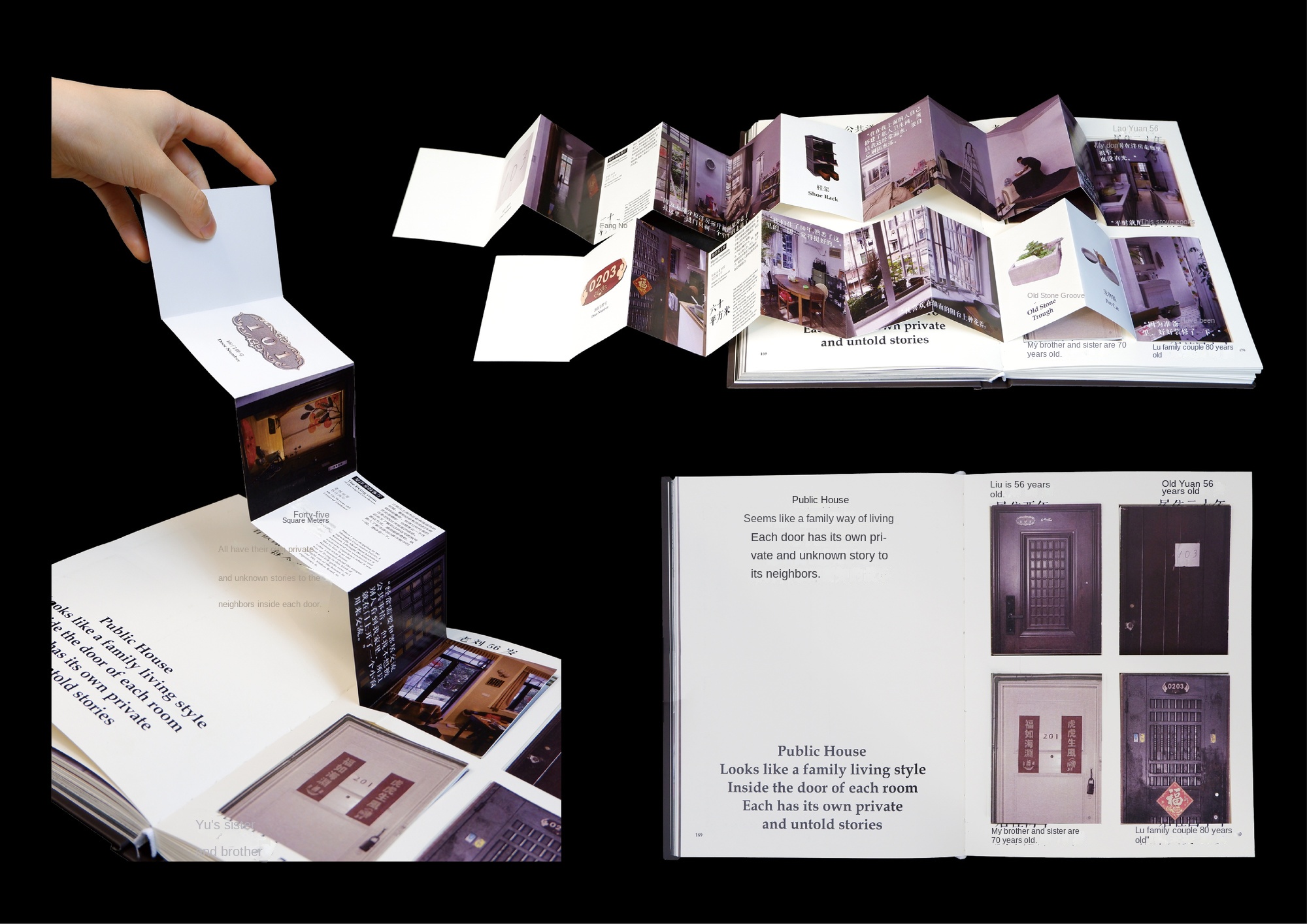
Embedded small book
Through the special structure, it expresses the sense of boundary, territory, and completely different personal stories of the residents in the same house.
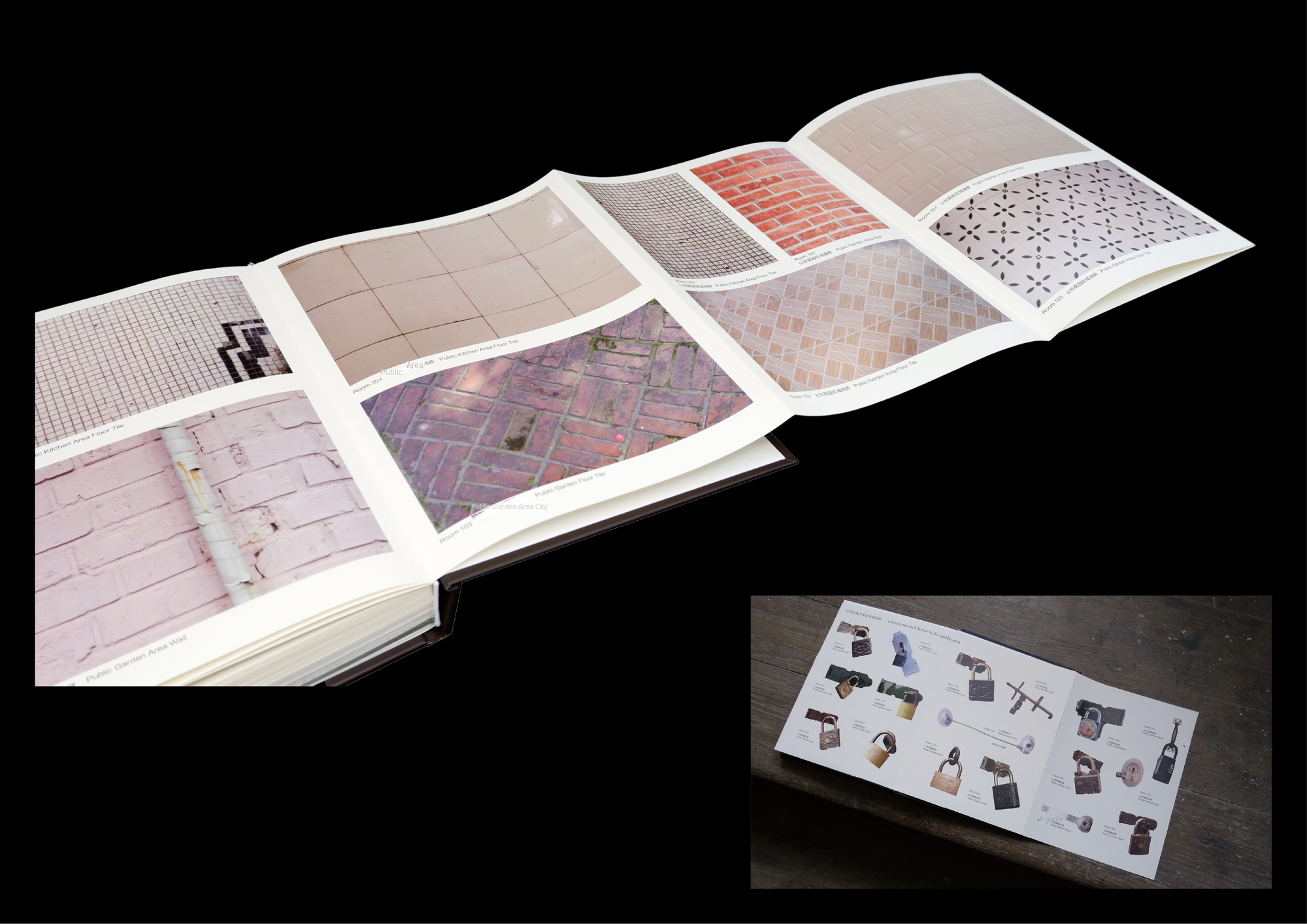
Folding
In a house, various floor tiles and locks appear.

Book inner page
With the development of the times, the century-old houses in the Shanghai concession bear the living needs of modern people. In the contradiction between historical and cultural heritage and modern housing needs, a single-family house that originally belonged to one family was used by multiple families, forming a new residential relationship-public houses. Different from modern apartments, this way of living makes the neighborhood very close to each other in physical space, but everyone needs private space, so the public area, private area, living precautions, unique neighborhood relationship and so on are produced in the public bungalow.
No. 12, Lane 393, Xinhua Road is such a public villa. I write about the historical and cultural significance of the house and the new residential relationships that arise from it.
The content of the book includes the history of the public house, the special traces and symbols on the building, the living rules of the residents, the stories of the residents and so on.
Based on my interest in the relationship between the needs of modern life and special historical buildings, I explored public houses in Shanghai. In order to obtain first-hand materials and conduct research and practice, I lived in a public house for a period of time. Through personal experience, talking with neighbors, photographing architectural details and structures, this special culture, architecture, interpersonal relationship and social life are displayed through book design.
The villa in Shanghai, China is a special existence. During the concession period, bungalows were built and inhabited by Westerners. In modern times and modern times, because of historical reasons, the increase of population, the needs of social life and so on. These houses became inhabited by Chinese and were divided into multiple families. This makes. The original Western-style building structure was changed to adapt to Chinese life. The original structure of a single building was changed to a multi-person apartment. The original historic building was changed to adapt to modern life. These conflicts have left special traces in all aspects of the house. For example, western-style railings become drying racks, a bathroom is divided into two, and interesting phenomena such as public and private areas appear in a room.
In addition, the interpersonal relationship in the public villa is also very interesting. Despite living in a house like a family. However, the residents have a strong sense of territory and still follow the modern habit of living independently. This also makes a house appear different tiles, different locks, different stories. Everyone sets their own rules in a house.
This book examines these phenomena. In the book structure, the whole is a hardcover book, with folding, pulling pages and embedded small books. to convey the different stories in the bungalow. Try to integrate a special culture, architecture, interpersonal relationship and social life of Shanghai into public houses and into a book.
Graphic designer, love to explore and think about interesting social culture.







